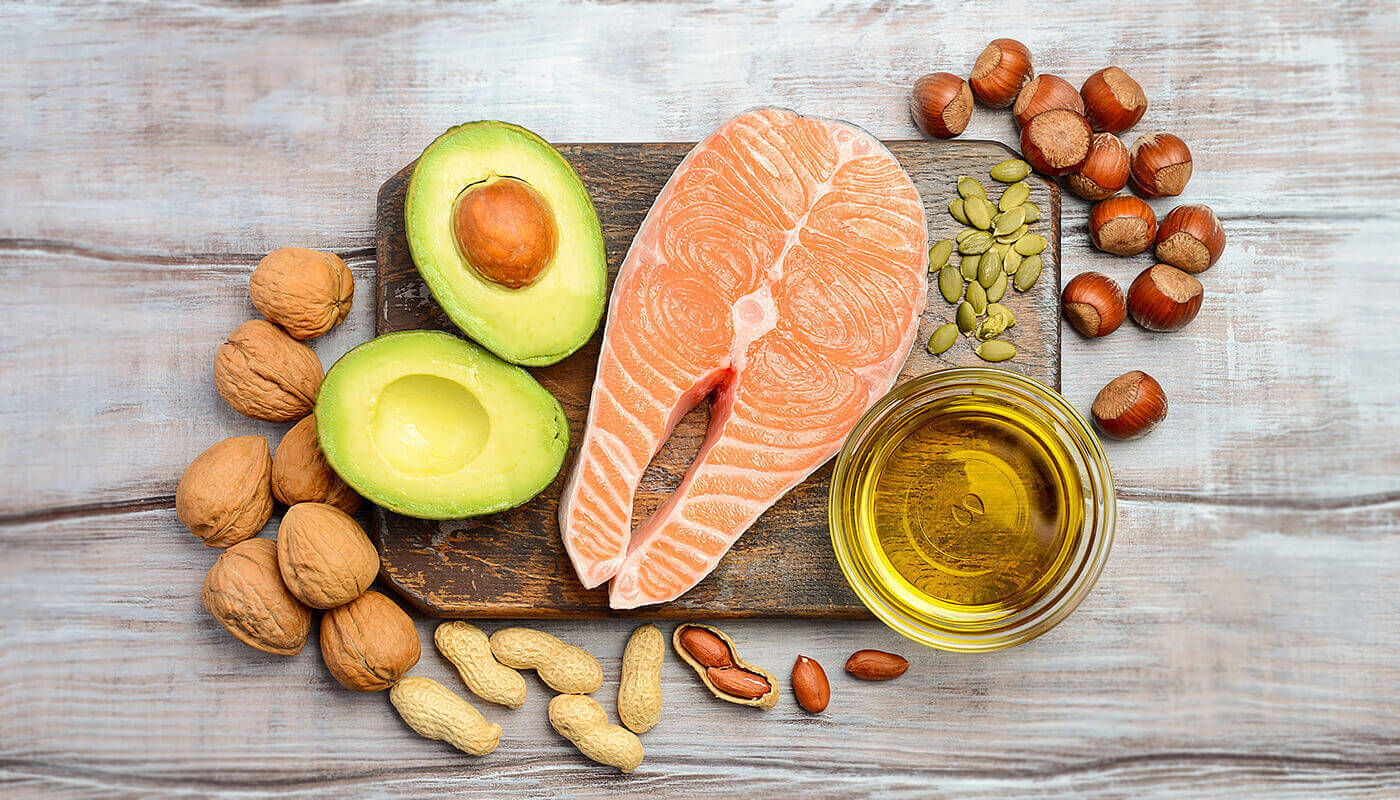Fats have had a bad rap for years. They have taken the brunt of the blame for the rise in obesity, which is now a public health crisis. But switching to low-fat foods hasn’t really been the right solution for the battle against extra weight.
This could be because in our haste to eliminate fats from our diet, we have forgotten the need to control how much we eat, or maybe it’s because we’ve replaced fats with refined carbohydrates.
As if curbing the cravings for deep-fried food wasn’t hard enough already, our genes also play a role in making some of us much more prone to gaining weight than others, especially when we eat fatty foods. FABP2 is one such gene. It controls how much fat we will absorb from our diet, and stored in all those places that we don’t want it.
Not all fats are equal
Our bodies need fat for energy, to absorb vitamins, for blood clotting, and for inflammation. They surround our nerves, and make the vital membrane that protects our cells. But not all fats are equal.
The polyunsaturated fatty acids, omega-3 and omega-6, that we get from fish are “healthy” fats. These fats protect us from things like heart attacks, obesity and even Alzheimer’s disease.
Trans fats, on the other hand, are “bad” fats. They are a byproduct of a process called hydrogenation. This process turns healthy oils (e.g. vegetable oil) into a solid to extend shelf life. The food industry is nothing but innovative, so food makers have found ways to include trans fats in many of our foods.
Often listed as “partially hydrogenated oil” on labels, trans fat are everywhere from cookies to fries. However, it is now obvious that trans fats offer no health benefits, and instead increase the risk of heart disease, strokes, diabetes, and many other adverse conditions.
In the middle of these good and bad fats, are the saturated fats found in red meat, coconut oil, and dairy products. The jury is still out on whether these in-between fats are good or bad for us. However, it’s well established that a diet high in saturated fats drives up LDL-cholesterol levels, increasing the risk of cardiovascular disease.
The FABP2 gene
It’s a pity that we can’t choose the genes that we inherit in the way that we can control our diet. If you could, you would definitely choose a specific version of the FABP2 gene.
This gene gives instructions to make a fatty acid binding protein found in the gut. This FABP2 protein is responsible for fatty acid absorption, and its activity can vary from person to person due to genetic variation.
Genetic variation refers to small DNA changes that exist between people. One variant known as rs1799883 or FABP2 A54T makes a protein with an increased ability to transport both saturated and unsaturated fats.
The increased absorption of healthy unsaturated fats appears to have little health impact. However, people with one or two altered copies of the FABP2 gene are more likely to have both elevated saturated fats and elevated LDL-cholesterol in their blood. Both of these are risk factors for obesity, cardiovascular disease, insulin resistance, and type 2 diabetes.
Saturated fat intake
Many dieticians recommend consuming less than 10% of your calories per day in the form of saturated fats. The American Heart Association recommends even less, stating that adults should consume 20-35% of their daily calories from fat, with less than 7% in the saturated form.
If you have the rs1799883 FABP2 variant and want to stay healthy, less than 5% of your daily calorie intake should be from saturated fats. The FABP2 variant is included in the DNA Weight Loss Test. It can help you understand your health risks associated with saturated fat intake.















